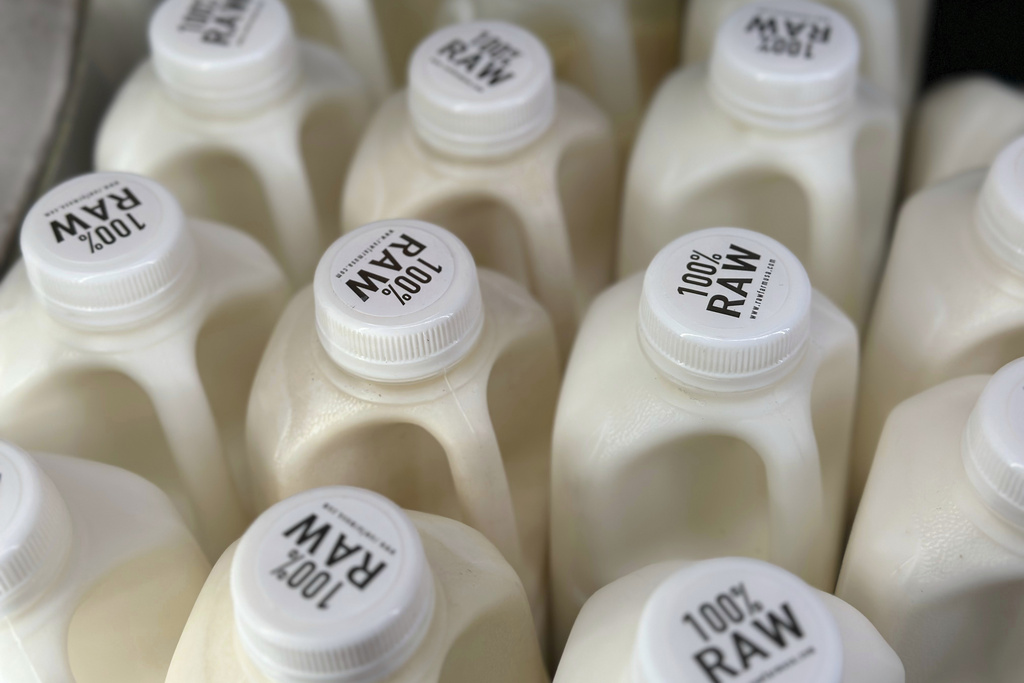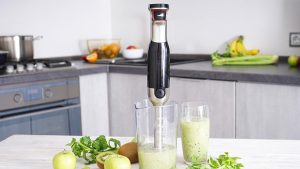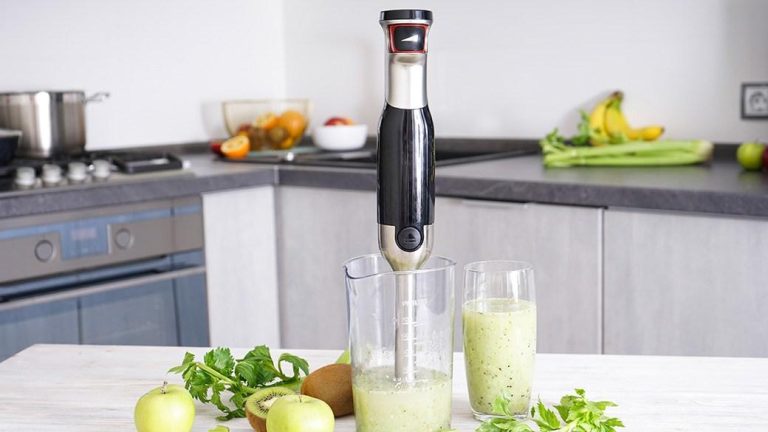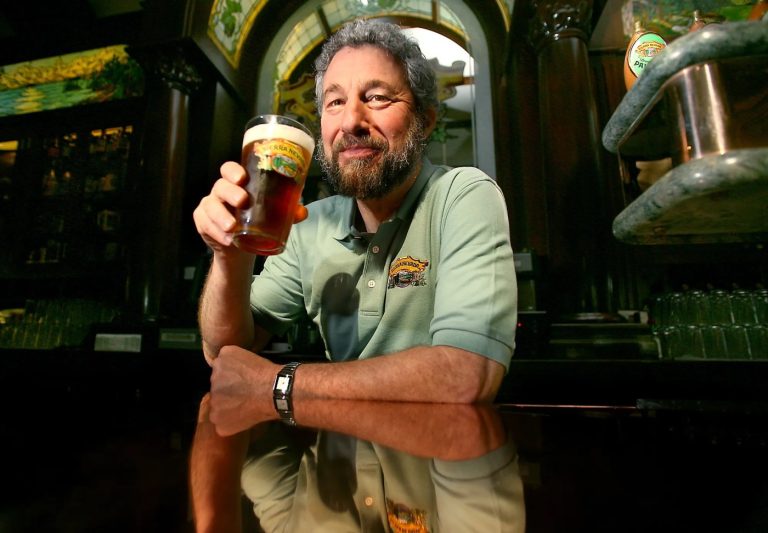If there’s one thing that wasn’t on my bingo card for 2024, it was this: that amid a national outbreak of bird flu among dairy cows, sales of raw milk would surge.
But new data shows that’s exactly what’s happening. It’s a baffling trend that puts people at risk of getting seriously ill — especially kids.
When reports of dairy cows infected with bird flu first surfaced, one of consumers’ first questions was about the safety of the milk supply — especially after fragments of the virus were found in cartons sitting on grocery store shelves. Researchers eventually showed that pasteurization appears to remove any threat of contracting the virus from consuming the milk.
By contrast, the effects of the lingering virus in raw milk remain murky. One small study found that mice fed raw milk from infected cows became sick.
Serious diseases
Every single infectious disease expert I’ve spoken with about bird flu in recent months has raised the same point: The likelihood of becoming ill from drinking H5N1-laden raw milk might be low, but the potential of getting sick from other pathogens in raw milk is high — too high to make it worth the risk. Public health authorities have stressed that it is simply not safe to drink raw milk, particularly for people who are most vulnerable to the worst infections from the bad bugs it might carry, like pregnant women, children, the elderly and the immune-compromised.
And yet data from market research firm NielsenIQ found that raw milk sales were 42% higher from mid-May to mid-June than they had been during the same period in 2023. The timing raises the question of whether people are just jumping onto an already-growing trend (pushed by wellness influencers and trad wives), or if drinking it has become a bizarre act of political defiance (to wit, the right-wing group Turning Point USA now sells a “got raw milk?” tee).
Raw milk can expose people to a who’s who of nasty bugs, including campylobacter, cryptosporidium, E. coli, listeria, brucella and salmonella. Before pasteurization was the norm, it was associated with truly horrid-sounding diseases like “summer diarrhea.” The advent of pasteurization laws has been considered a key factor in cutting the infant death rate by more than half at the turn of the 20th century.
In 2005, researchers connected raw milk to a 2001-2004 outbreak of bovine tuberculosis among humans. This past winter, some 165 people, 40% of them children and the majority in California, were sickened from raw milk from Fresno-based Raw Farm LLC that was contaminated with salmonella (with a few cases of campylobacter and E. coli sprinkled in). Twenty of those folks wound up in the hospital. Last month, health officials in Minnesota said five children had fallen ill from salmonella linked to unpasteurized milk, one of whom was hospitalized.
Raw milk myths
Yet enthusiasts seem to have bought into persistent myths about raw milk as a superfood — and pasteurized milk as a problem. One of those myths is that raw milk can reduce lactose intolerance; studies have shown that to be unfounded. Another myth is that drinking pasteurized milk causes allergies or that raw milk can prevent them; again, untrue. Yet others claim that raw milk is nutritionally superior to the pasteurized product or that it boosts the immune system; both are unsupported by research.
Another myth, one recently perpetuated in a video by third-party vice presidential candidate Nicole Shanahan, is that pathogens are an industrial farm problem — and that small, “clean” farms can avoid them (ironically, the video features Raw Farm, the same provider responsible for the California outbreak). Not so, said Minnesota Department of Health epidemiologist Maria Bye in a recent statement about the sickened kids in her state: “Consuming any unpasteurized milk is risky, no matter how clean the operation from which it is purchased.”
Related Articles
Trump said he’d consider RFK Jr. for administration position
Most Black hospitals across the South closed long ago. Their impact endures
Letters: Trump and Fed | Complex issues | Diverse community | Hurting patients | Harris economy
Tech and biotech layoffs jolt Bay Area with hundreds of lost jobs
Cupertino Senior Center seeks hidden treasures
We should expect to see more people get sick if raw milk sales continue to increase. One analysis by the Centers for Disease Control and Prevention found that while only a sliver of the population consumes raw milk or cheese (3.2% and 1.6%, respectively), they accounted for 96% of illnesses due to pathogen-laced dairy products.
Many of those sick people will be kids. Another study found that between 2013 and 2018, nearly half of the illnesses due to unpasteurized milk were in people under the age of 20.
The risks of unpasteurized milk have long been clear. The bird flu outbreak among dairy cows should be convincing more people to stay away from it — not creating more demand.
Lisa Jarvis is a Bloomberg Opinion columnist. ©2024 Bloomberg News. Distributed by Tribune Content Agency.












